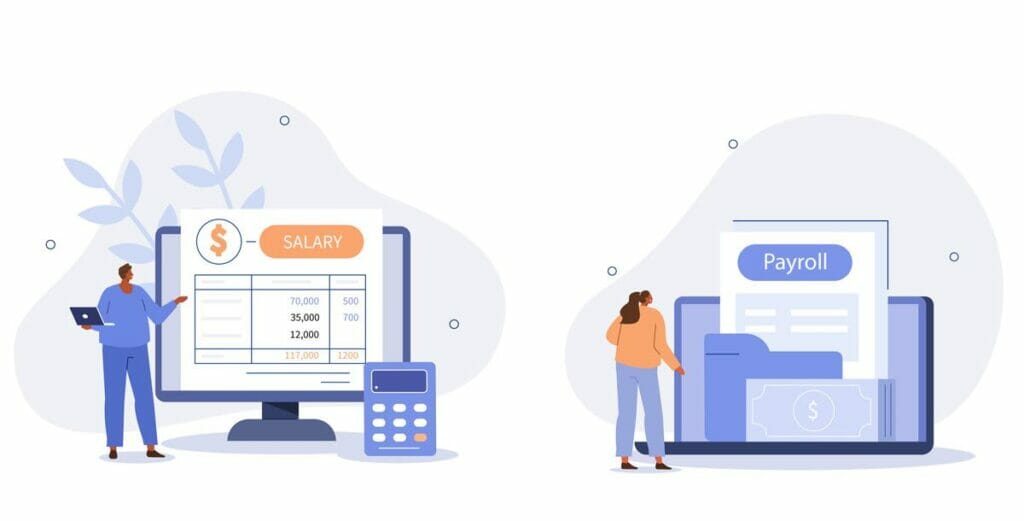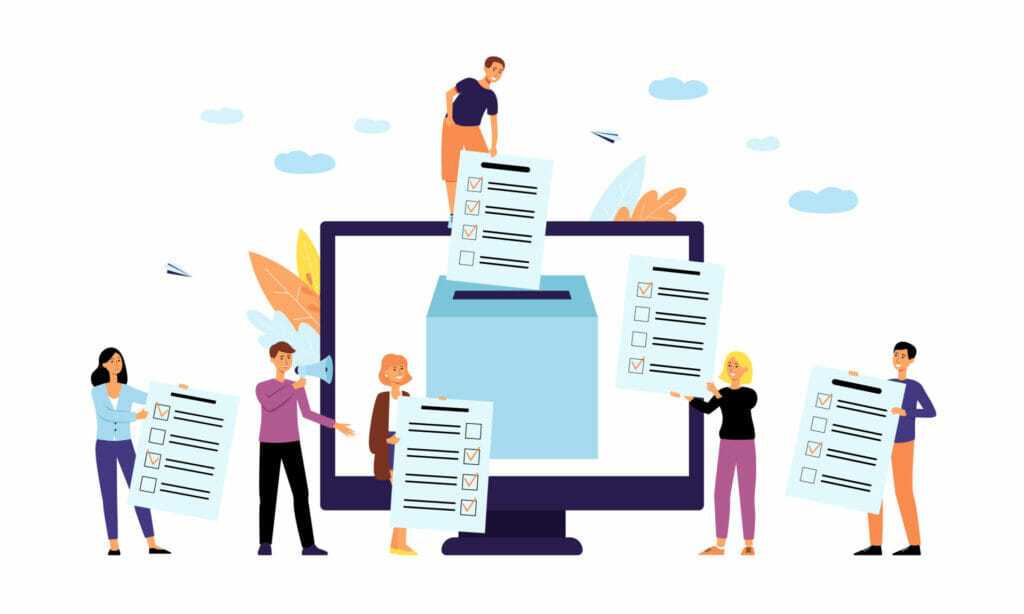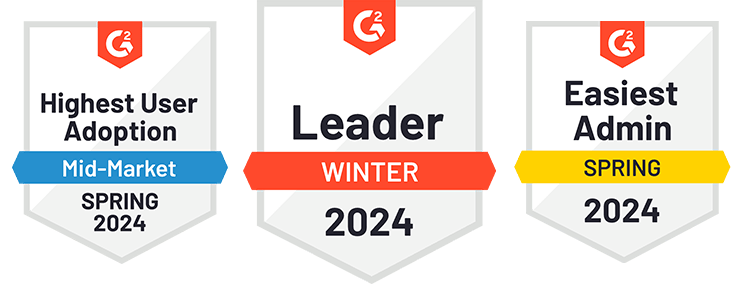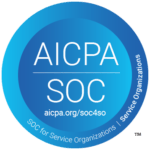70+ Payroll & HR Statistics for People Leader’s in 2023
If you’re an HR professional or simply someone who’s interested in the world of work, you’re in luck. We’ve scoured the internet to bring you over 70 fascinating and often surprising statistics related to human resources (HR) and payroll. From the average amount of sick days an employee takes to the percentage of companies that offer flexible work arrangements, these stats cover a wide range of topics and are sure to spark some interesting conversations.
So whether you’re looking to impress your colleagues with your knowledge of the latest HR trends or just want to satisfy your curiosity about the world of work, this article has got you covered. Let’s dive in and explore some of the most intriguing payroll and HR statistics out there.
Payroll
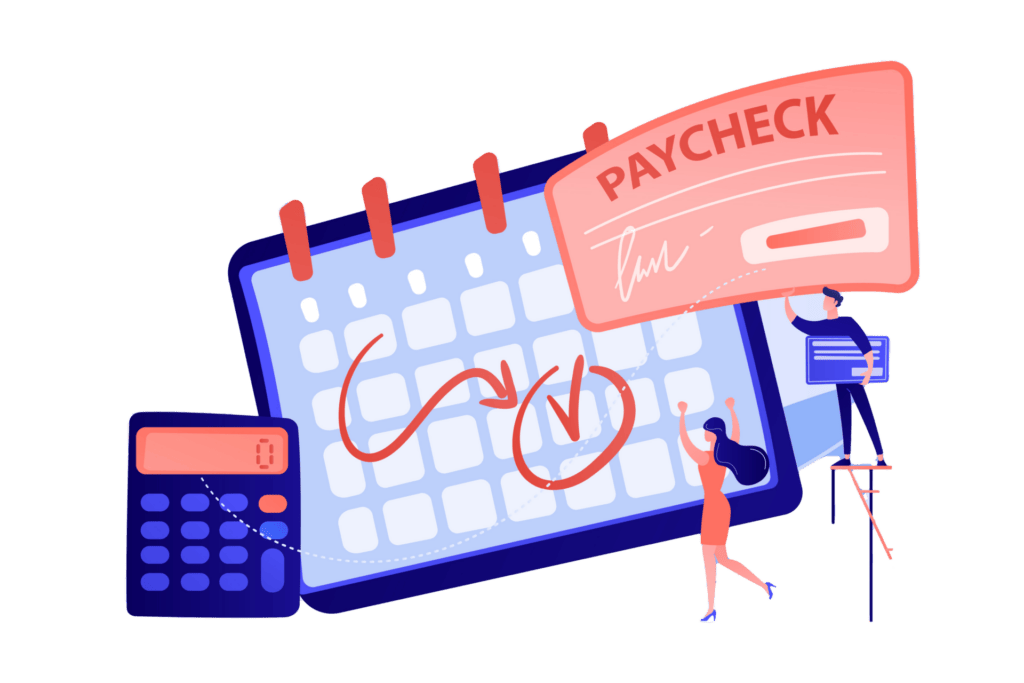
Roughly 40% of small businesses pay an average of $845 a year in IRS penalties because of mismanaged payroll processes.
About 22% of small business owners will use software or a third-party to help them with payroll, accounting, or inventory management.
There are 311,673 Payroll & Bookkeeping Services businesses in the US as of 2023, an increase of 1.2% from 2022.
72% of employees find it difficult to meet financial obligations if their paychecks are delayed by a week.
In the United States (U.S.), payroll errors cost businesses an average of 1-8% of their total payroll each year.
Payroll fraud is the number one source of accounting fraud and employee theft.
12% of small businesses find it difficult to meet payroll obligations due to capital availability.
91% of payroll specialists utilize only one type of payroll system, while 9% utilize two or more systems.
The time to process payroll for some business owners adds up to 21 days over a year.
About 26 million companies (81%) have no employees, which means they have no payroll.
Billions of payroll dollars are never reported to state governments due to improper reporting and employee misclassification.

On-demand pay reduces absenteeism by 44%, drops turnover by 40%, and increases job performance by 86%.
56% of workers express they would stay longer at a job if they could get immediate access to their earned pay at no cost.
60% of small businesses have payroll cash outflows because of changes in employment.
Payroll for small employer businesses grew by 8.5% annually on average, less than one full-time employee each year.
61.8% of small business employers experienced unstable sustained gains and/or losses, spikes, dips, or spikes and dips related to payroll.
Human Resources

69% of employees likely stay with a company for three years if they enjoyed the onboarding experience.
75% of hiring and talent managers use some form of applicant tracking or recruiting software.
80% of payroll specialists utilize only one type of Time and Attendance system, while 20% utilize two or more systems.
The financial services industry has the fewest number of time and attendance systems, with only 9% of payroll specialists using two or more systems.
53% of employers say they’re managing higher attrition than in previous years and expect it to continue to worsen.
It’s estimated that all organizations have an HR-to-employee ratio of 2.57.
77% of HR and L&D pros say their roles have become more cross-functional in the past year.

41% of organizations use diversity and inclusion (DE&I) programs to improve employee retention.
89% of L&D experts agree that making sure employees have the skills they need is key to surviving the future of work.
Around one-third of HR professionals say technology is the reason for their onboarding issues.
A formal onboarding program can increase employee retention by 50%, and increase productivity by 62%.
Employee retention is most important to businesses in 2023, with retention at 20%, recruiting at 14%, and company culture at 12%.
87% of HR leaders agree that decisions about all people should be based on data and analytics.
80% of HR professionals think using HR technologies makes employees feel more positive about the company.
By 2025, 47% of HR departments in the U.S. will invest in artificial intelligence (AI).
Over the next few years, 60% of HR departments will invest in predictive analysis, 53% in process automation, and 47% in artificial intelligence.
73% of employees want to leave their current job because there aren’t enough skill building and career mobility opportunities.
Workforce
28% of the average American workweek is spent reading and responding to emails.
The average amount of vacation time taken by American employees is 10.2 days per year.
One of the most common reasons for employees being late for work in the United States is traffic, followed by oversleeping.
If employees were offered more benefits, 73% would stay with their current employer longer.

77% of working Americans think retirement benefits are most important.
38% of all employees, and 48% of Generation Z, don’t believe their current benefits adequately reduce their stress.
Employees who like their employers’ time and location flexibility are 2X more likely to recommend their employer to others.
43% of surveyed hourly workers admit to exaggerating the amount of time they work during their shifts.
